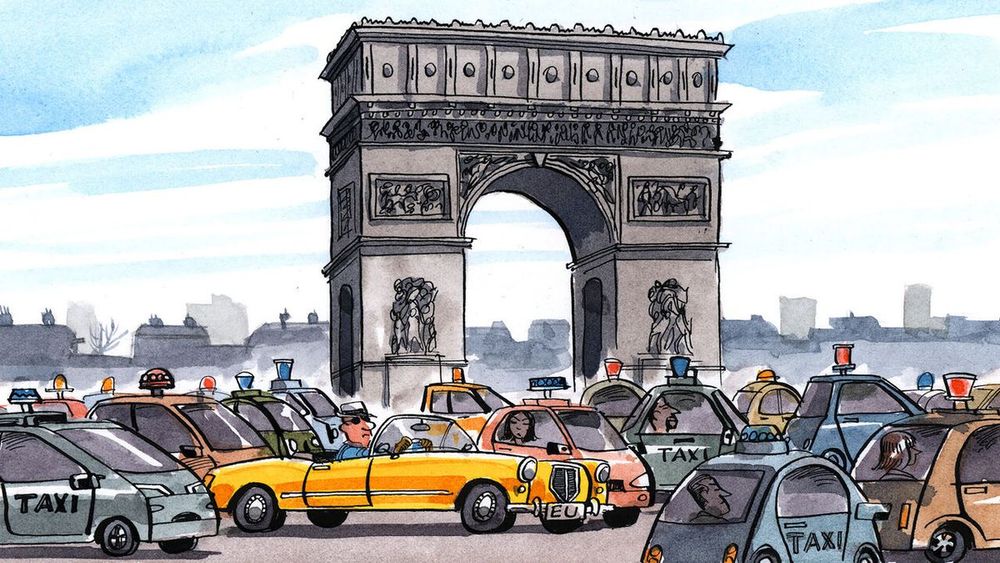...though of all the things I said, they went with "That's literally a super low-hanging fruit" 😂
apnews.com/article/clim...

...though of all the things I said, they went with "That's literally a super low-hanging fruit" 😂
apnews.com/article/clim...
Essential paper by @kevinjkircher.com.
www.sciencedirect.com/science/arti...

Essential paper by @kevinjkircher.com.
www.sciencedirect.com/science/arti...
your academic writing. patthomson.net/2025/11/08/t...

your academic writing. patthomson.net/2025/11/08/t...
God just needs 17k followers to hit 600k. And then 66k more after that to hit 666k. That will be funny.
Thanks,
God
God just needs 17k followers to hit 600k. And then 66k more after that to hit 666k. That will be funny.
Thanks,
God

There's lot of mediocre climate films out there, but for me these stand out head & shoulders above the rest 🎞️
They make excellent resources for classrooms, lecture halls, or community cinema's 🎬
Thread:🧵Plz RT

There's lot of mediocre climate films out there, but for me these stand out head & shoulders above the rest 🎞️
They make excellent resources for classrooms, lecture halls, or community cinema's 🎬
Thread:🧵Plz RT
Judges ruled on Thursday that the energy giant had misled consumers by overstating its carbon neutrality goals - a potential precedent for corporate climate advertising...
www.lemonde.fr/en/environme...

Please clap.
Please clap.
Project Drawdown has analyzed trillions of data points, spent tens of thousands of hours, and has done the hard work to find evidence-based solutions.
No more handwaving. No more greenwashing. Just science.
And we're giving it away for *free*.
Project Drawdown has analyzed trillions of data points, spent tens of thousands of hours, and has done the hard work to find evidence-based solutions.
No more handwaving. No more greenwashing. Just science.
And we're giving it away for *free*.

It gets scarier the closer you look at it. All this is a stress test for the planet, and it's buckling.
Two big reasons for the massive increase: wildfires, and the ocean sinks are shutting down.

It gets scarier the closer you look at it. All this is a stress test for the planet, and it's buckling.
Two big reasons for the massive increase: wildfires, and the ocean sinks are shutting down.
Reviewer #2: I recommend against the publication of this study.
Reviewer#2 strikes again 😂
Reviewer #2: I recommend against the publication of this study.
Reviewer#2 strikes again 😂

www.sciencedirect.com/science/arti...


What a stark contrast to what we were used to in TX.

What a stark contrast to what we were used to in TX.
Sorry, I don't make the rules.
Sorry, I don't make the rules.

papers.ssrn.com/sol3/papers....
There is extensive work on outdoor heat exposure, but a considerable gap on indoor heat risk.
Our work tackles this.
papers.ssrn.com/sol3/papers....
There is extensive work on outdoor heat exposure, but a considerable gap on indoor heat risk.
Our work tackles this.



